When the liberals in charge of New York City start talking about doing something to combat global warming, your first instinct should be to check and make sure you still have your wallet. Nearly every proposal they come out with tends to involve either banning things that you depend on and enjoy or costing you a lot more money. Usually, it works out to be both. But there was apparently an unexpected outbreak of common sense in Gotham recently when the City Council voted to allocate money to plant a lot more trees and significantly increase the city’s canopy cover. They are also finally admitting that trees lower temperatures and are a cost-effective way of doing that. But saying it and doing it as effectively as possible are two different things. (Guardian)
New York City is poised to get a lot more trees. Last month, the city council passed a measure calling for 30% canopy cover by 2035, up from its current cover of 22%; a recent tree census found there’s enough room in the city to plant an additional 250,000 new trees. .
More trees, with all their cooling benefits, is a clear win for the environmental justice movement, as cities around the world seek to adapt to hotter temperatures caused by the climate crisis. But where those trees should go – and which kind of trees to plant – is not so straightforward.
“It’s about not just planting more trees, but the right tree in the right spot,” said Alexander Kobald, a researcher at Cornell University. “It’s really focusing on what the spot calls for and making sure the people [who live near the trees] feel heard.”
It’s good to see that the city is bringing in some experts from Cornell’s College of Forestry instead of going about this in a random, willy-nilly fashion. (One of the few good things we can say about Cornell these days.) The group there developed a 3-D mapping tool called Tree Folio NYC that analyzes the current canopy coverage in the city and points out locations where different types of trees can be planted to maximize that effect.
The project is actually a lot more complicated than simply sending out people with shovels and saplings to start digging holes. Trees naturally interact with each other while providing shade and retaining groundwater. Planting them too closely together will lead to wasteful overlap, while sparsely spaced trees won’t provide the maximum amount of cover. Also, the species of the tree is important. Palms are basely useless, while large deciduous varieties are typically ideal.
In terms of location, one of the greatest challenges is the fact that New York City is covered with a lot of buildings. You can’t just throw a literal ton of dirt on all of the roofs and begin planting trees. Fully grown trees along with all of the dirt and water needed to support them would likely lead to roofs collapsing. Also, tree roots are very destructive over long periods of time and they are fully capable of destroying retaining walls and other structures. The roots start out tiny and they can force their way into the smallest cracks or pores. As the trees grow, the roots swell in diameter and eventually shatter whatever it is that they’ve grown into. That issue might be addressed by installing other types of plants, including seasonal grains or even clover. That would reduce the weight and the root penetration while still delivering some shade, though probably not as much as trees.
It’s not often that I get to shower praise on the government of New York City. (That’s certainly an understatement.) But they made the right call with this. There are ways to reduce local temperatures that don’t involve the harebrained schemes and bans of the climate alarmists. Trees are an excellent choice. I’ll include my usual referral to the Trillion Trees Project if you would like more information.
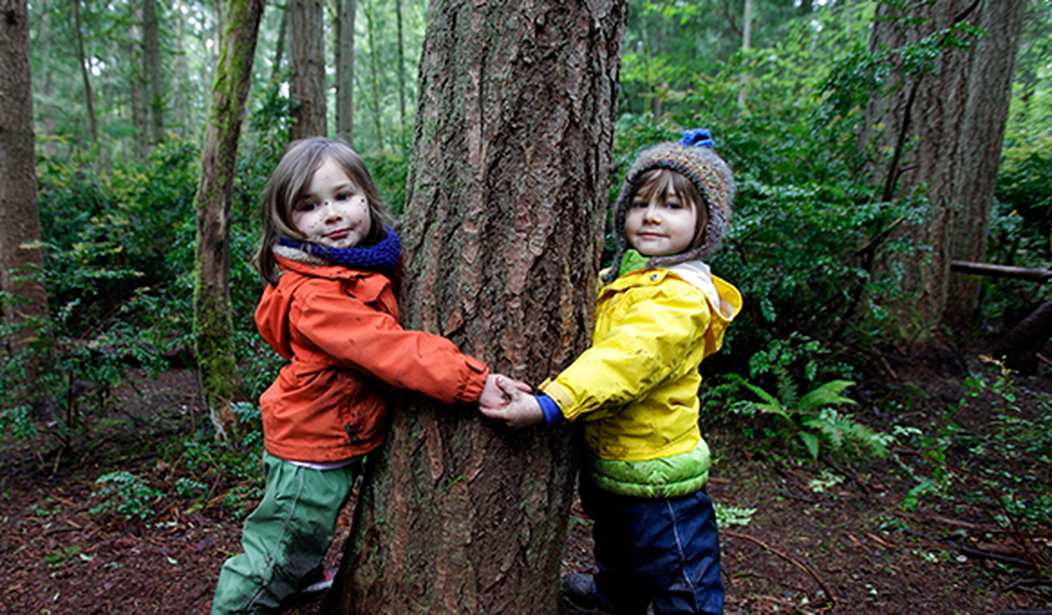

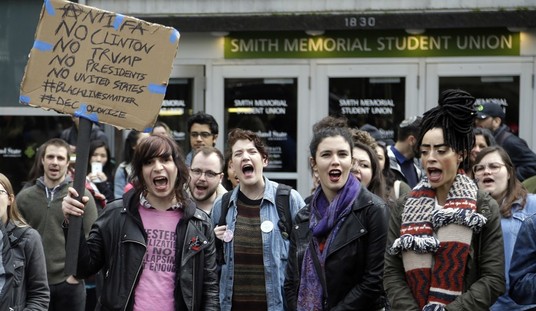


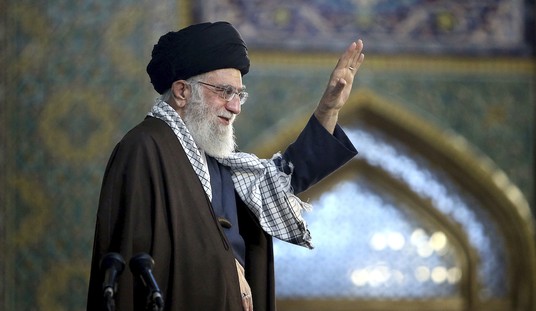
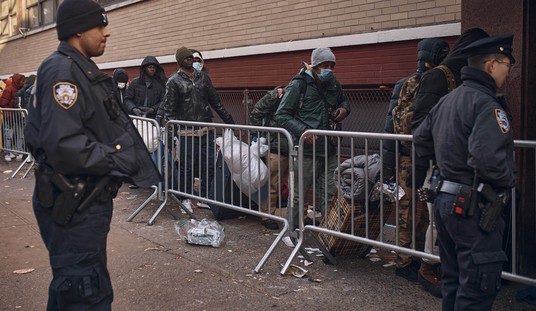
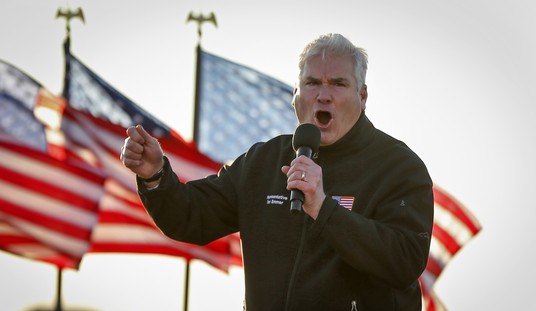
Join the conversation as a VIP Member